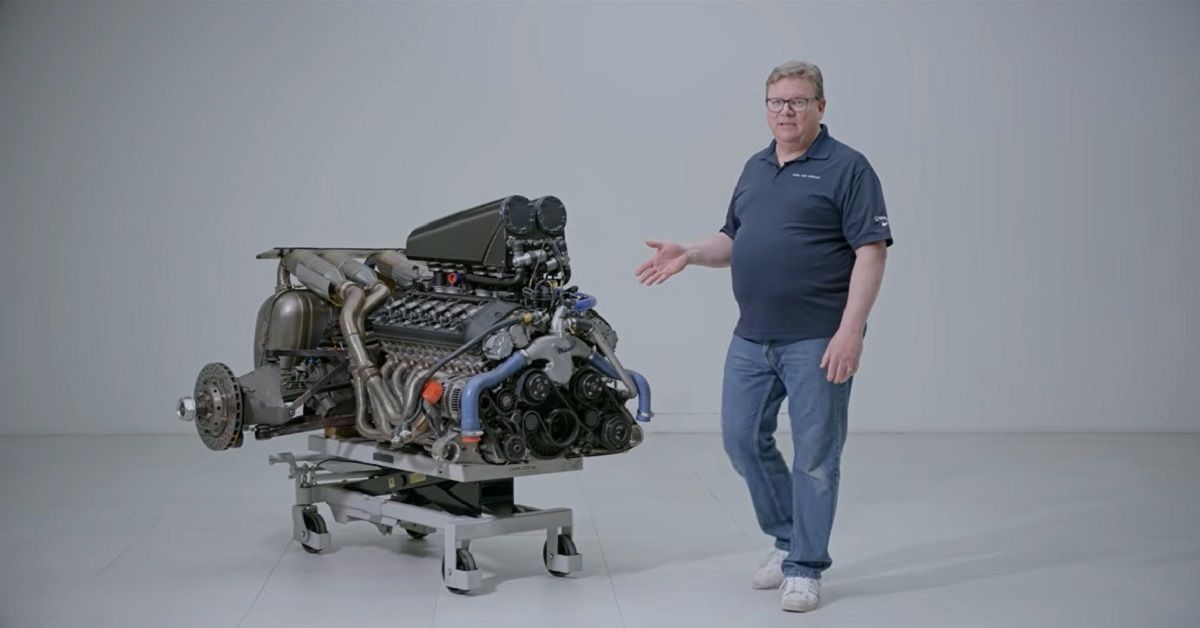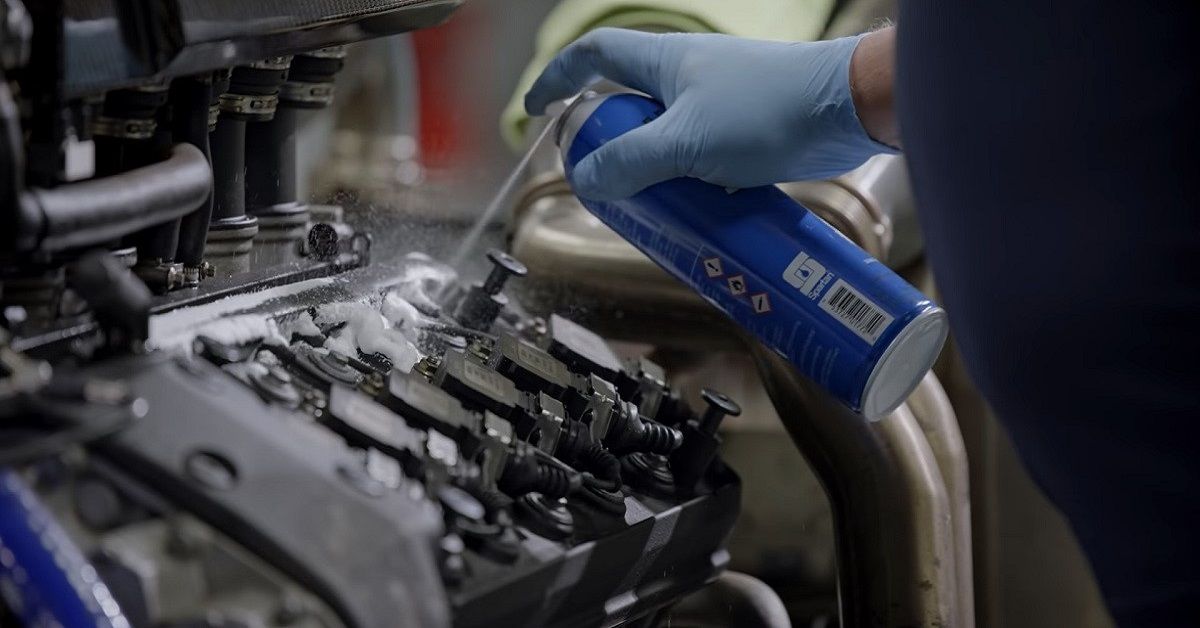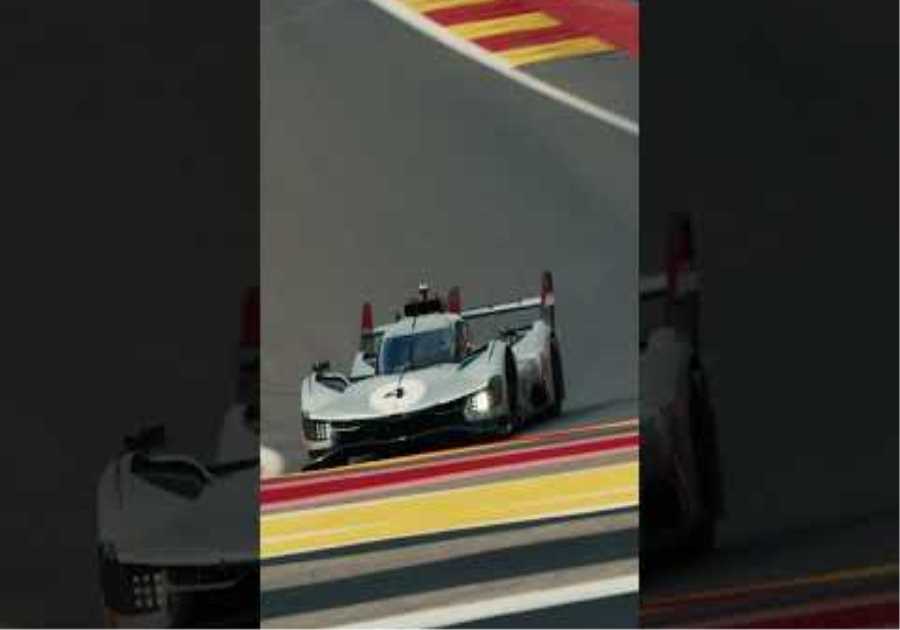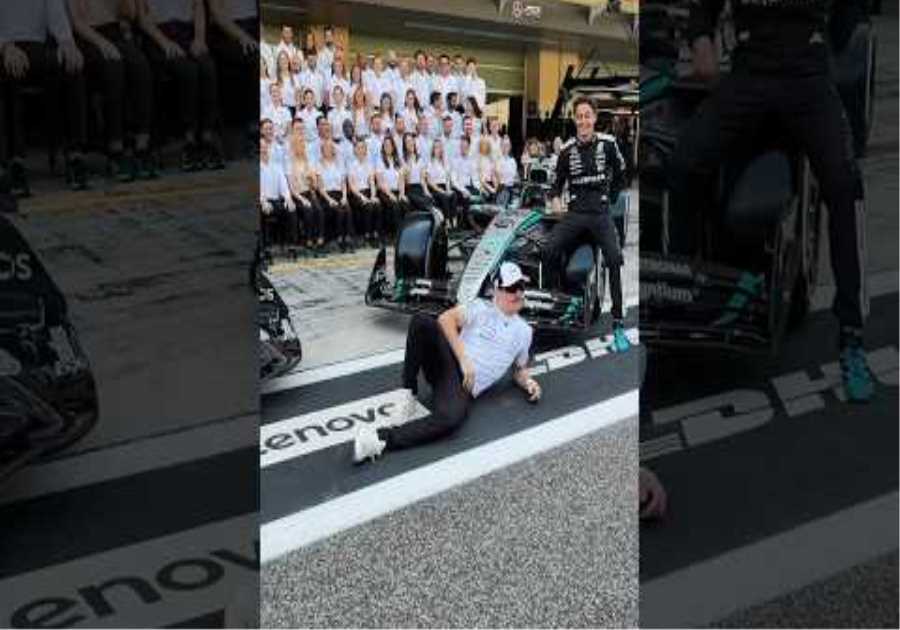
In this story, we get up close and personal with the S70/2, also known as the BMW V12 engine, which got used in the legendary McLaren F1 super car.
Most of us never get to see the engine out of the car and on a trolley, and we also get a valuable insight into how you actually clean the engine of an expensive and rare supercar.
As well as being a meditative experience all on its own, it’s interesting to see how the pros do it, with tips you can even transfer onto your own project or your next engine cleaning session.
The McLaren F1’s Engine Like You Have Never Seen It Before
Courtesy of Hagerty’s channel over on YouTube, we get confronted with the beast that is the 6.1-liter BMW V12. In its day, this engine provided the car with around 620 hp and 480 lb-ft of torque, enabling a 240 mph top speed and the kind of performance that made it a formidable race car on the track.
Nowadays, the McLaren F1 commands a significant sum of money when it’s sold on the used market, and many sit as an investment in an air-conditioned storage facility until it’s time to sell.
Some F1 owners do drive their cars as intended, like the owner of this car who drives and tours with the car which, in turn, leads to a dirty car — dirty car means dirty engine.
The team in the garage here wheel the engine into the cleaning room, where they get their hands dirty, showing us how to clean down a McLaren F1’s engine.
On A Trolley: The Beating Heart Of The Fastest Car In The World

Although no longer the fastest car in the world, the McLaren F1 is responsible for capturing the hearts and imaginations of many in its time.
Here, its engine is still fully assembled on a trolley complete with the back axle, brakes, intake manifold and exhaust — all that’s missing is the car.
This is a delicate process, one you can’t undertake with a pressure washer or dry ice due to the complexity of the unit and the delicate crank sensors, wires and more.
In addition, the heat shields around the exhaust manifold have a gold plating so fragile that it comes off if touched, even lightly.
It all starts with degreasing foam, brushes, and cloths as the technician works his way carefully around the whole car from top to bottom — a steam gun gets used for built-up dirt after the degreasing.
After the first day, day two involves re-greasing and then treating the intake manifold’s carbon fiber casing to a polish with the machine and then a ceramic coating that’s wiped-on with a cloth, then polished again.
It’s awesome to see the individual parts up close of this great engine and how the professionals go about cleaning something so rare and expensive. The end result is a sparkling machine, and we guarantee you will walk away feeling satisfied.
These Were The Best Features Of The Stunning 800-HP McLaren Elva
readnext
About The Author
David O’Callaghan
(239 Articles Published)
Hailing from Britain, the home of both MG and Aston Martin, Dave is no stranger to sports cars. Or a little rain. When he’s not busy working his day job or writing songs and pretending to be a musician; Dave indulges his obsession with cars by writing and researching diligently, so that he can inform and convert other people to the dark side.
More From David O’Callaghan






